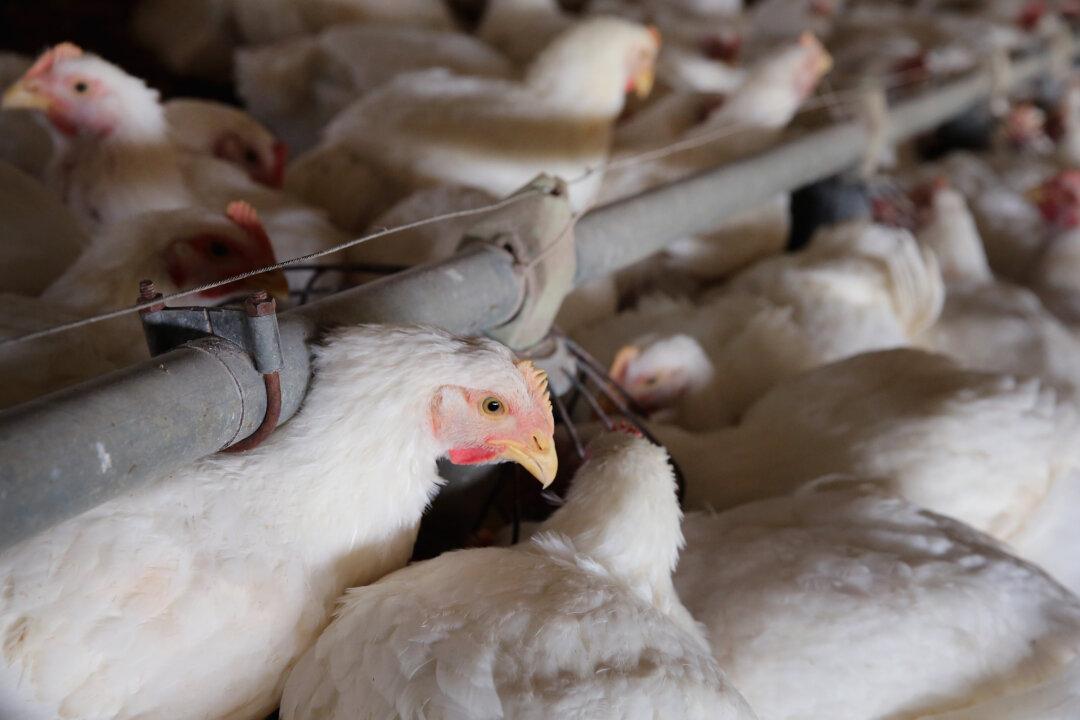The recent worldwide outbreak of H5N1 avian flu viruses is forcing American farmers to kill millions of egg-laying hens, resulting in reduced egg supplies and higher costs around the country in the worst outbreak of bird flu to hit the United States since 2015.
According to the U.S. Department of Agriculture’s daily Midwest regional egg report on April 11, the price of a dozen large grade A white eggs for retailers in the Midwest reached between $2.80 and $2.89, more than double the $1.25 cost in March 2022.
For humans, “the risk to the general public’s health from current H5N1 bird flu viruses is low,” and the virus is “primarily an animal health issue,” according to the Centers for Disease Control and Prevention, but the flu is very deadly for poultry stocks.The USDA’s standard protocol is to kill infected flocks to curb the spread of the disease, due to the flu’s deadliness and ease of spread to domesticated poultry.





